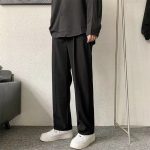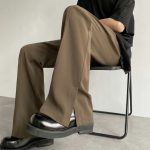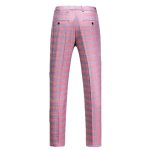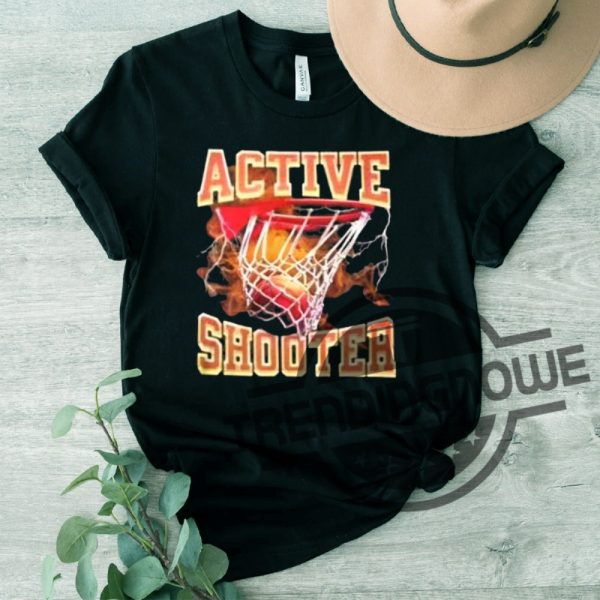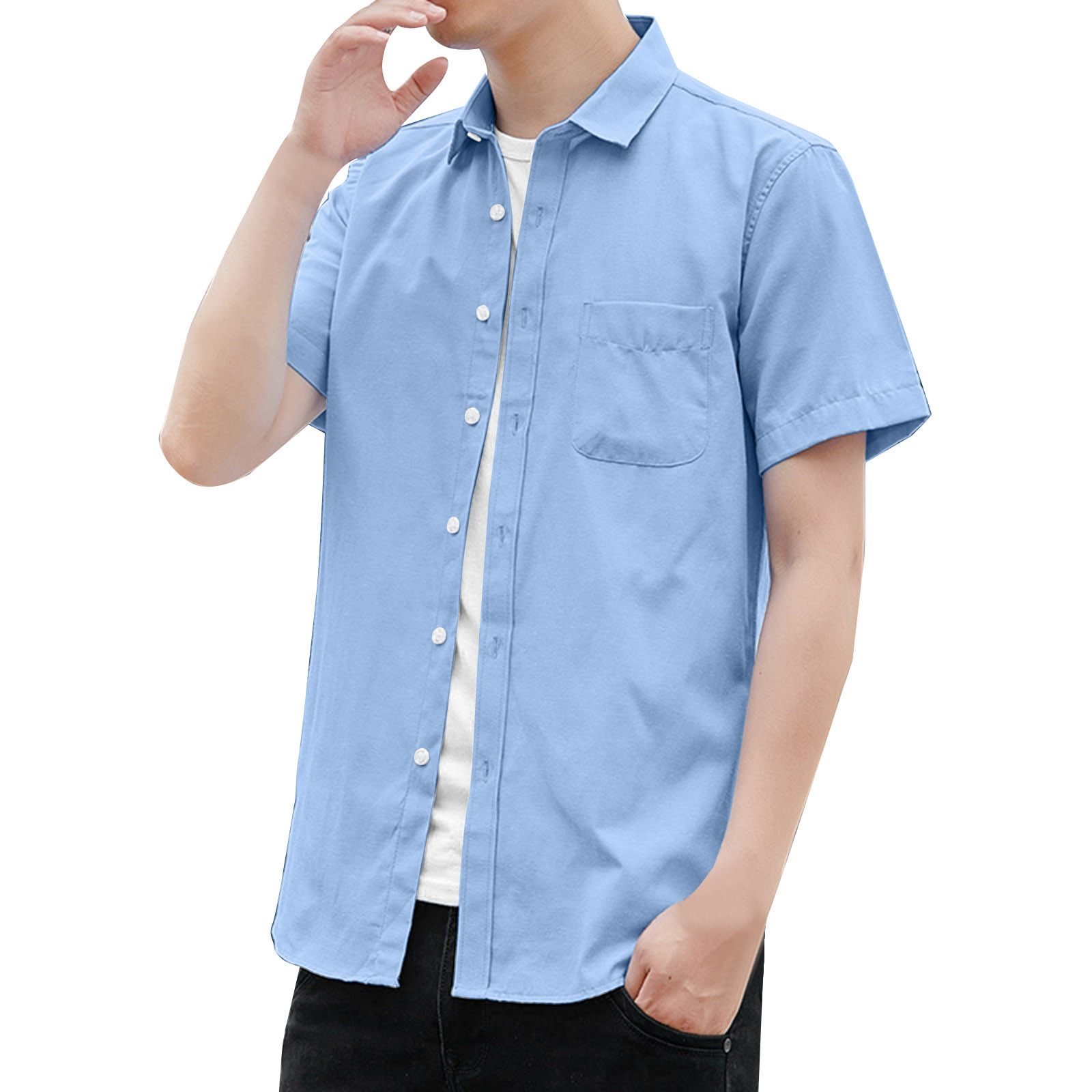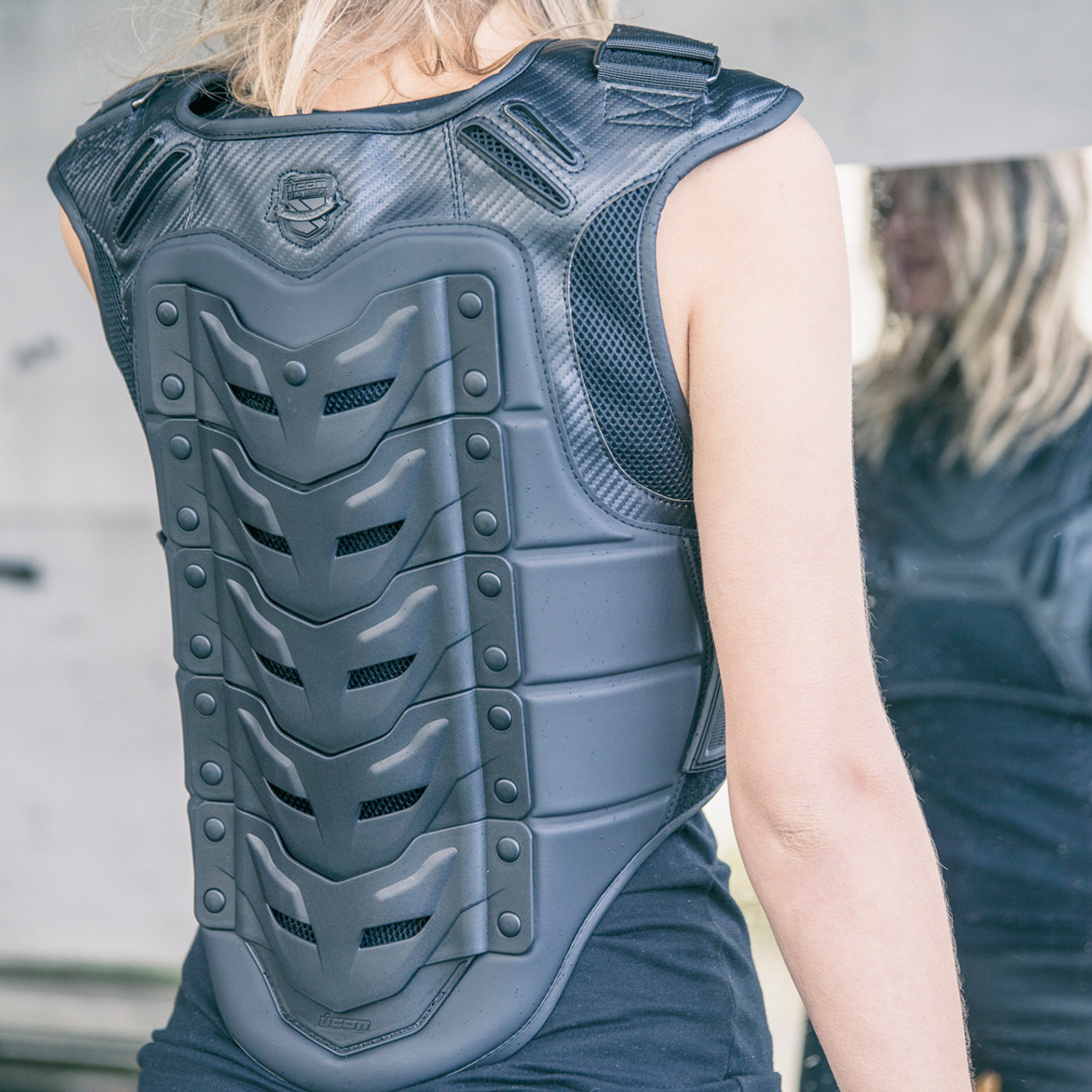The Emergence of Active Shooter Shirts in Popular Culture
Active shooter shirts have sparked intense debate in recent years. These garments typically feature slogans or imagery related to mass shooting events. Some designs mimic tactical gear worn by law enforcement or military personnel. Others display provocative messages about gun rights or school safety. The shirts gained popularity through online marketplaces and social media. Supporters argue they raise awareness about important issues.Active shooter shirt, when it comes to creating a functional yet stylish outfit with your active shooter shirt.
Critics view them as insensitive or potentially dangerous. The phenomenon reflects broader societal tensions around gun violence. It intersects with discussions on free speech and responsible merchandising. The shirts have appeared at political rallies and public gatherings. They often generate strong reactions from observers. Media coverage has further amplified their controversial nature. The active shooter shirt trend continues to evolve in response to current events. It remains a polarizing topic in discussions about gun culture and public safety.

Design Elements and Messaging of Active Shooter Shirts
Active shooter shirts come in various designs and styles. Some feature mock bulletproof vest patterns or tactical equipment illustrations. Others display statistics about mass shootings or gun violence. Slogans range from calls for increased gun control to pro-Second Amendment statements. Some shirts use dark humor or satire to address the topic. Others adopt a more serious, memorial-like approach. Color schemes often include black, camouflage, or high-visibility colors.
Font choices may mimic official signage or military stenciling. Some designs incorporate targets, crosshairs, or weapon silhouettes. Others use school-related imagery like lockers or classroom objects. The shirts sometimes reference specific shooting incidents or locations. Customization options allow buyers to add personal messages or names. Some shirts are designed to resemble actual protective gear. Others are clearly identifiable as civilian clothing. The variety of designs reflects diverse perspectives on the issue. It also highlights the complex emotions surrounding mass shootings and gun violence.
The Controversy and Public Reaction to Active Shooter Shirts
Active shooter shirts have generated significant controversy and backlash. Many view them as offensive and disrespectful to shooting victims and their families. Schools and workplaces often ban these shirts due to safety concerns. Some argue the shirts glorify violence or trivialize serious issues. Others defend them as protected free speech and political expression. Public figures have faced criticism for wearing or promoting these shirts. Social media campaigns have called for boycotts of companies selling them.
The debate often becomes heated, reflecting broader political divisions. Mental health professionals express concern about potential trauma triggers. Law enforcement agencies worry about the shirts creating confusion in emergencies. Some communities have organized protests against stores carrying the shirts. Others host events promoting responsible gun ownership and safety. The controversy has led to discussions about ethical merchandising practices. It raises questions about the boundaries of acceptable public discourse. The ongoing debate reflects the complex nature of gun violence issues in society.
Legal and Ethical Considerations Surrounding Active Shooter Shirts
The sale and wearing of active shooter shirts raise various legal and ethical questions. First Amendment protections generally cover the right to produce and wear such shirts. However, private entities can restrict their use on their property. Schools and employers must balance free speech rights with safety concerns. Some argue the shirts could constitute a form of threat or harassment. Others claim banning them infringes on personal liberties. Ethical debates center on social responsibility and sensitivity to trauma survivors.
Questions arise about profiting from tragedy and perpetuating fear. Manufacturers face scrutiny over their marketing and distribution practices. Some have implemented age restrictions or warning labels on these products. Legal challenges have emerged in cases where shirts were deemed disruptive. Courts must weigh public safety against individual expression rights. The issue intersects with broader discussions on gun legislation and policy. It also touches on questions of corporate social responsibility. The legal and ethical landscape continues to evolve as the debate progresses. It reflects the complex interplay between individual rights and societal well-being.
Impact on School and Workplace Safety Policies
The emergence of active shooter shirts has influenced safety policies in various settings. Many schools have updated dress codes to specifically prohibit these garments. Workplaces have revised employee handbooks to address potential disruptions. Security personnel receive training on identifying and responding to concerning attire. Some institutions implement bag checks or metal detectors in response to fears. Discussions about these shirts often lead to broader safety reviews. Emergency response plans may be updated to account for clothing-related concerns.
Teachers and managers receive guidance on addressing controversial attire. Some organizations host forums to discuss community standards and expectations. Policies strive to balance safety, inclusivity, and individual expression. Implementation challenges arise, particularly in public institutions. Questions emerge about enforcement consistency and potential profiling. The shirt controversy has prompted wider conversations about school and workplace culture. It intersects with debates about armed personnel and security measures. Policy makers must navigate complex legal and social considerations. The ongoing dialogue reflects evolving approaches to safety in shared spaces.
Psychological Effects and Social Implications
The presence of active shooter shirts can have significant psychological impacts. For survivors of gun violence, these garments may trigger traumatic memories. Students and workers may experience increased anxiety or fear. The shirts can create a sense of unease in public spaces. Some argue they contribute to a culture of violence and aggression. Others claim they serve as a coping mechanism or form of dark humor. Mental health professionals express concern about normalizing mass shooting events. The shirts may influence perceptions of safety and risk in communities.
They can shape public discourse around gun violence and prevention strategies. Some view wearing the shirts as a form of political or social statement. This can lead to increased polarization and conflict in social settings. The phenomenon intersects with broader discussions on media influence and desensitization. It raises questions about collective trauma and societal responses to violence. Researchers study the long-term effects of exposure to such imagery. The shirts’ popularity reflects and potentially reinforces certain cultural attitudes. Understanding these psychological and social dynamics is crucial for addressing the issue.
Future Trends and Potential Resolutions
The future of active shooter shirts remains uncertain and contentious. Some predict the trend will fade as public sensitivity increases. Others believe the shirts will evolve to address new social issues. Manufacturers may face increased pressure to self-regulate their products. Legislation could emerge to restrict the sale or display of certain designs. Advances in technology might lead to new forms of controversial wearable expression.
Educational initiatives may focus on media literacy and critical thinking. Communities might develop more nuanced approaches to balancing rights and sensitivities. The gun violence debate will likely continue to influence shirt designs and reception. Social media platforms may implement stricter policies on promoting such merchandise. Alternative forms of advocacy and awareness-raising could gain prominence.
The shirt controversy may lead to broader discussions on ethical consumption. It could prompt reassessment of how society memorializes and discusses tragedies. Conflict resolution strategies may evolve to address such polarizing issues more effectively. The ongoing dialogue reflects deeper societal negotiations about safety, freedom, and respect. As the conversation progresses, new perspectives and approaches may emerge. The active shooter shirt phenomenon will likely remain a complex and evolving social issue.
